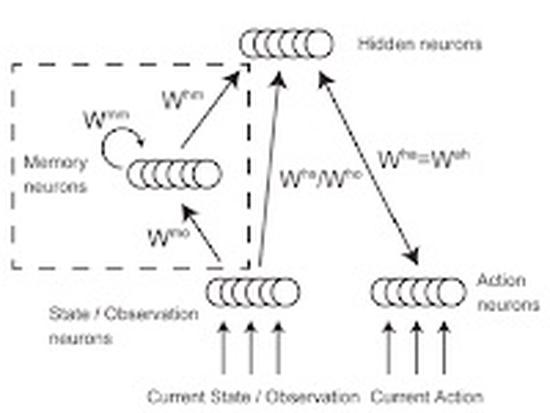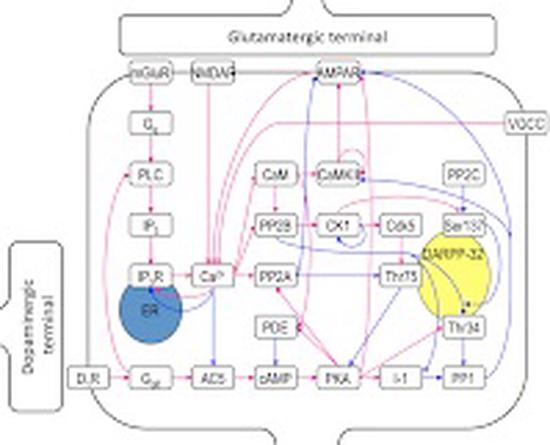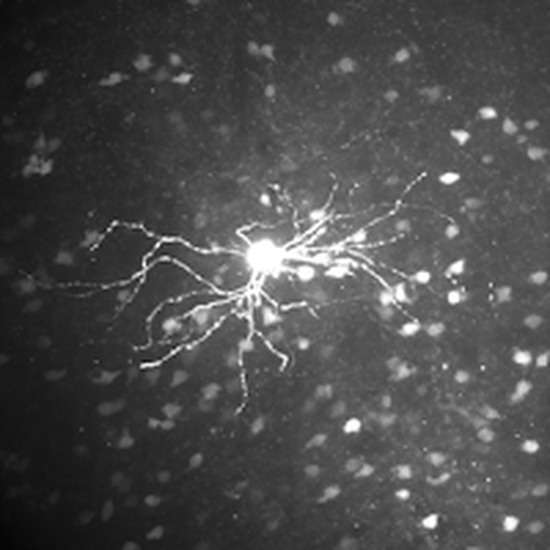Takashi Nakano Website
Dept. Computational Biology, School of Medicine, Fujita Health University
Modeling the brain!
We are studying on the neural mechanisms using computational and informatics approaches.
We have constructed simualtion models of brain at molecular, cellular, and neural network levels to understand the neural mechanisms of the reinforcement learning. Especially, we are trying realistic modeling to understand how reinforcement learning is implemented in the brain at multilevels.
We are also analyzing neural data from collaborating laboratories to reveal neural mechanisms related to emotion, learning and psychiatric disorder.
News
Projects
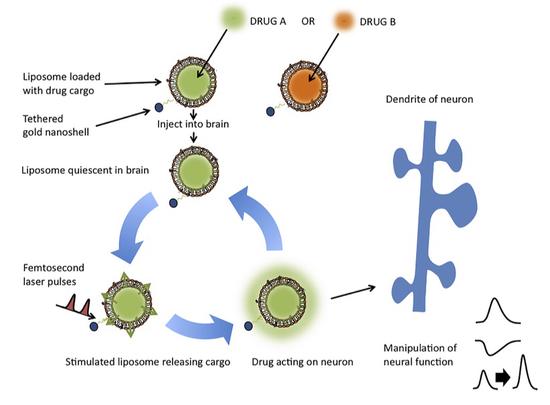
Development of a novel drug application method
Arbitrary controlable drug administration method using liposome and laser past experiment
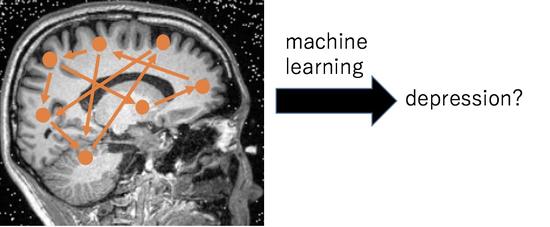
Diagnosis of depression using machine learning
Analysis of neural activity and blood data from patients with depression analysis machine learning
Publications
– Journal papers
- Li WR*, Nakano T*, Mizutani K, Matsubara T, Kawatani M, Mukai Y, Danjo T, Ito H, Aizawa H, Yamanaka A, Petersen C, Yoshimoto J, Yamashita T: Neural mechanisms underlying uninstructed orofacial movements during reward-based learning behaviors., Current Biology, 33(16), 3436-3451.e7, 2023. (*: contributed equally) DOI: 10.1016/j.cub.2023.07.013
- Nakano T, Takamura M, Kato T, Kano S: Editorial: The Development of Biomarkers in Psychiatry., Frontiers in Psychiatry, 13:1075993, 2022. DOI: 10.3389/fpsyt.2022.1075993
- Yamahashi Y, Lin YH, Mouri A, Iwanaga S, Kawashima K, Tokumoto Y, Watanabe Y, Faruk MO, Zhang X, Tsuboi D, Nakano T, Saito N, Nagai T, Yamada K, Kaibuchi K: Phosphoproteomic of the acetylcholine pathway enables discovery of the PKC-β-PIX-Rac1-PAK cascade as a stimulatory signal for aversive learning., Molecular Psychiatry, 1–14, 2022. DOI: 10.1038/s41380-022-01643-2
- Nakano T, Rizwan SB, Myint DMA, Gray J, Mackay SM. Harris P, Perk CG, Hyland BI, Empson R, Tan EW, Dani KM, Reynolds JN, Wickens JR: An On-Demand Drug Delivery System for Control of Epileptiform Seizures., Pharmaceutics, 14(2): 468, 2022. DOI: 10.3390/pharmaceutics14020468
- Nakano T, Takamura M, Nishimura H, Machizawa M, Ichikawa N, Yoshino A, Okada G, Okamoto Y, Yamawaki S, Yamada M, Suhara T, Yoshimoto J: Resting-state brain activity can predict target-independent aptitude in fMRI-neurofeedback training., Neuroimage, 245: 118733, 2021. DOI: 10.1016/j.neuroimage.2021.118733 (BioRxiv, 2021)
- Regonia P, Takamura M, Nakano T, Ichikawa N, Fermin A, Okada G, Okamoto Y, Yamawaki S, Ikeda K, Yoshimoto J: Modeling Heterogeneous Brain Dynamics of Depression and Melancholia Using Energy Landscape Analysis., Frontiers in Psychiatry, 12: 2113, 2021. DOI: 10.3389/fpsyt.2021.780997
- Matsubara T, Yanagida T, Kawaguchi N, Nakano T, Yoshimoto J, Sezaki M, Takizawa H, Tsunoda S, Horigane S, Ueda S Takemoto-Kimura S, Kandori H, Yamanaka A, Yamashita T: Remote control of neural function by X-ray-induced scintillation., Nature Communications, 12: 4478, 2021. DOI: 10.1038/s41467-021-24717-1 (BioRxiv, 2019)
- Mori Y, Mouri A, Kunisawa K, Hirakawa M, Kubota H, Kosuge A, Niijima M, Hasegawa M, Kurahashi H, Murakami R, Hoshi M, Nakano T, Fujigaki S, Fujigaki H, Yamamoto Y, Nabeshima T, Saito K: Kynurenine 3-monooxygenase deficiency induces depression-like behavior via enhanced antagonism of α7 nicotinic acetylcholine receptors by kynurenic acid., Behavioural Brain Research, 405: 113191, 2021. DOI: 10.1016/j.bbr.2021.113191
- Cui W, Aida T, Ito H, Kobayashi K, Wada Y, Kato S, Nakano T, Isa K, Kobayashi K, Isa T, Tanaka K, Aizawa H: Dopaminergic signaling in the nucleus accumbens modulates stress-coping strategies during inescapable stress, Journal of Neuroscience., Journal of Neuroscience, 40(38): 7241-7254, 2020. DOI: 10.1523/JNEUROSCI.0444-20.2020
- Nakano T, Takamura M, Ichikawa N, Okada G, Okamoto Y, Yamata M, Suhara T, Yamawaki S, Yoshimoto J: Enhancing multi-center generalization of machine-learning based depression diagnosis from resting-state fMRI., Frontiers in Psychiatry, 11: 400, 2020. DOI: 10.3389/fpsyt.2020.00400 (MedRxiv, 2019)
- Yoshino A, Okamoto Y, Sumiya Y, Okada G, Takamura M, Ichikawa N, Nakano T, Shibasaki C, Aizawa H, Yamawaki, Y, Kawakami K, Yokoyama S, Yoshimoto J, Yamawaki, S: Importance of the habenula for avoidance learning including contextual cues in the human brain: A preliminary fMRI study, Frontiers in Human Neuroscience, 14: 165, 2020. DOI: 10.3389/fnhum.2020.00165
- Zhang X, Nagai T, Ahammad R, Kuroda K, Nakamuta D, Nakano T, Yukinawa N, Funahashi Y, Amano M, Yoshimoto J, Yamada K, Kaibuchi K: Balance between dopamine and adenosine signals regulates the PKA/Rap1 pathway in medium spiny neurons., Neurochemistry International, 122: 8-18, 2019. DOI: 10.1016/j.neuint.2018.10.008
- Zucca S, Zucca A, Nakano T, Aoki S, Wickens J: Pauses in cholinergic interneuron firing exert an inhibitory control on striatal output in vivo., eLife, 7: e32510, 2018. DOI: 10.7554/elife.32510
- Nakano T, Mackay S, Tan E, Dani K, Wickens J: Interfacing with neural activity via femtosecond laser stimulation of drug encapsulating liposomal nanostructures., eNeuro 3(6): 107, 2016. DOI: 10.1523/ENEURO.0107-16.2016
- Nagai T, Nakamuta S, Kuroda K, Nakauchi S, Nishioka T, Takano T, Zhang X, Tsuboi D, Funahashi Y, Nakano T, Yoshimoto J, Kobayashi K, Uchigashima M, Watanabe M, Miura M, Nishi A, Kobayashi K, Yamada K, Amano M, Kaibuchi K: Phospho-proteomics of the dopamine pathway enables discovery of Rap1 activation as a reward signal in vivo., Neuron, 89(3): 550-565, 2016. DOI: 10.1016/j.neuron.2015.12.019
- Nakano T, Otsuka M, Yoshimoto J, Doya K: A spiking neural network model of model-free reinforcement learning with high-dimensional sensory input and perceptual ambiguity., PLoS ONE, 10(3): e0115620, 2015. DOI: 10.1371/journal.pone.0115620
- Nakano T, Chin C, Myint D, Tan E, Hale P, Mariserala B, Reynolds J, Wickens J, Dani K: Mimicking subsecond neurotransmitter dynamics with femtosecond laser stimulated nanosystems., Scientific Reports, 5: 5398, 2014. DOI: 10.1038/srep05398
- Nakano T, Yoshimoto J, Doya K: A model-based prediction of the calcium responses in the striatal synaptic spines depending on the timing of cortical and dopaminergic inputs and post-synaptic spikes. Frontiers in Computational Neuroscience, 7: 119, 2013. DOI: 10.3389/fncom.2013.00119
- Nakano T, Doi T, Yoshimoto J, Doya K: A kinetic model of dopamine- and calcium-dependent striatal synaptic plasticity., PLoS Computational Biology, 6(2): e1000670, 2010. DOI: 10.1371/journal.pcbi.1000670
– Peer-reviewed conference papers
- Yoshimoto J, Ozaki J, Mizutani K, Nakano T, Ikeda K, Yamashita T: Statistical analysis on characteristic whisking movement observed in reward anticipation and acquisition, Asia-Pacific Signal and Information Processing Association Annual Summit and Conference (APSIPA) 2019, Lanzhou, China, Nov 18-21, 2019. (Oral) DOI: 10.1109/APSIPAASC47483.2019.9023135
- Nakano T, Chin C, Myint D, Tan E, Hale P, Reynolds J, Wickens J, Dani K: Femtosecond laser stimulated nanosystems for neuroscience applications, CLEO: 2014, San Jose, US, 2014. (Oral) DOI: 10.1364/CLEO_AT.2014.ATu2P.6
- Nakano T, Yoshimoto J, Wickens J, Doya K: Calcium Responses Model in Striatum Dependent on Timed Input Sources. Artificial Neural Networks – ICANN 2009: 659-670, Springer, 2009. (Oral) DOI: 10.1007/978-3-642-04274-4_26
– Book (Chapters)
- Nakano T, Kato T, Takamura M, Kano S: The development of biomarkers in psychiatry., Lausanne: Frontiers Media SA, 2022. ISBN 978-2-83251-057-5 DOI: 10.3389/978-2-83251-057-5
- Nakano T, Rizwan SB, Myint DMA, Gray J, Mackay SM. Harris P, Perk CG, Hyland BI, Empson R, Tan EW, Dani KM, Reynolds JN, Wickens JR: An On-Demand Drug Delivery System for Control of Epileptiform Seizures. In Sousa F (Ed.), Brain-Targeted Drug Delivery: 123-140, Basel, MDPI, 2022. ISBN 978-3-0365-5282-8 DOI: 10.3390/books978-3-0365-5281-1
- Nakano T, Yoshimoto J, Wickens J, Doya K: Calcium Responses Model in Striatum Dependent on Timed Input Sources. In Alippi C, Polycarpou M, Panayiotou C, Ellinas G (Ed.), Artificial Neural Networks – ICANN 2009 (Lecture Notes in Computer Science, 5768): 659-670, Berlin, Springer, 2009. ISBN: 978-3642042737
Takashi Nakano, Ph.D.
Associate Professor
Fujita Health University
Biography
I have been studied on the neural mechanisms learning and emotions using informatics and computational approaches. In the past, I used to study them using animal experiments (electrophysiology). For the details of the research projects, please check on Projects. For further details on myself, please visit Reseachmap and Google scholar.
- Computational Neuroscience
- Neurobiology
- Artificial Intelligence
- Computational Psychiatry
-
PhD in Science, 2010
Nara Institute of Science and Technology
-
Master of Science, 2007
Nara Institute of Science and Technology
-
Bachelor of Engineering, 2005
Osaka University
Contact
- 470-1192 愛知県 豊明市 沓掛町 田楽ケ窪1-98
- 藤田医科大学 医学部 医学科 情報生命科学講座 (大学1号館7階707)
- Department of Computational Biology, School of Medicine, Fujita Health University: 1-98 Dengakugakubo Kutsukake-cho, Toyoake city, Aichi, 470-1192 Japan
- DM Me
- takashi.nakano [ a t ] fujita-hu.ac.jp
